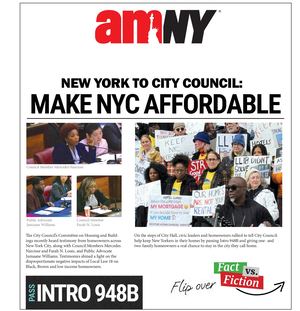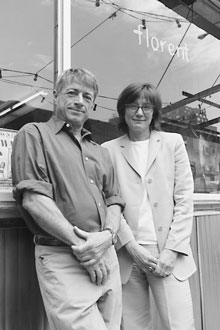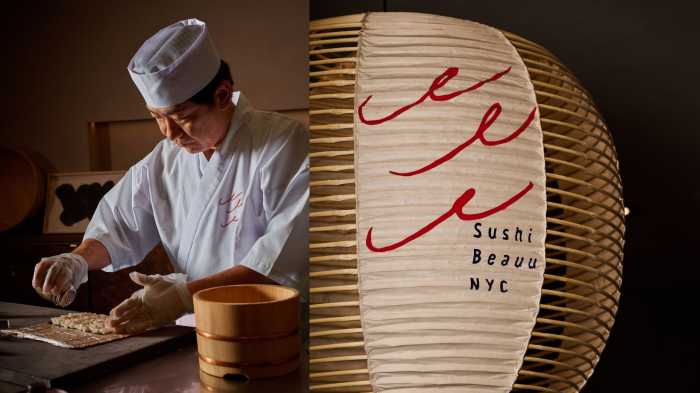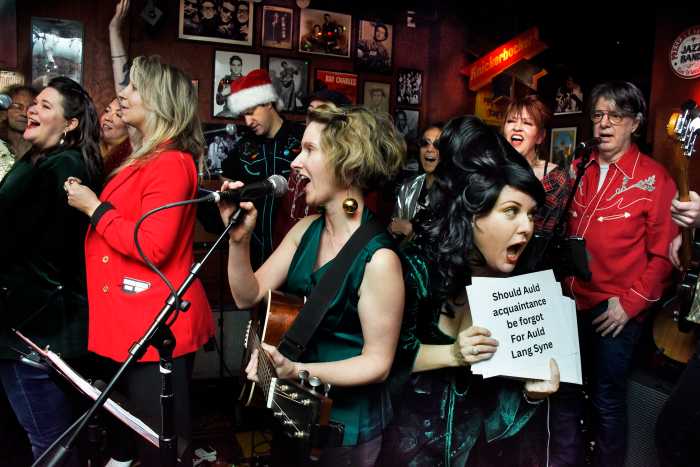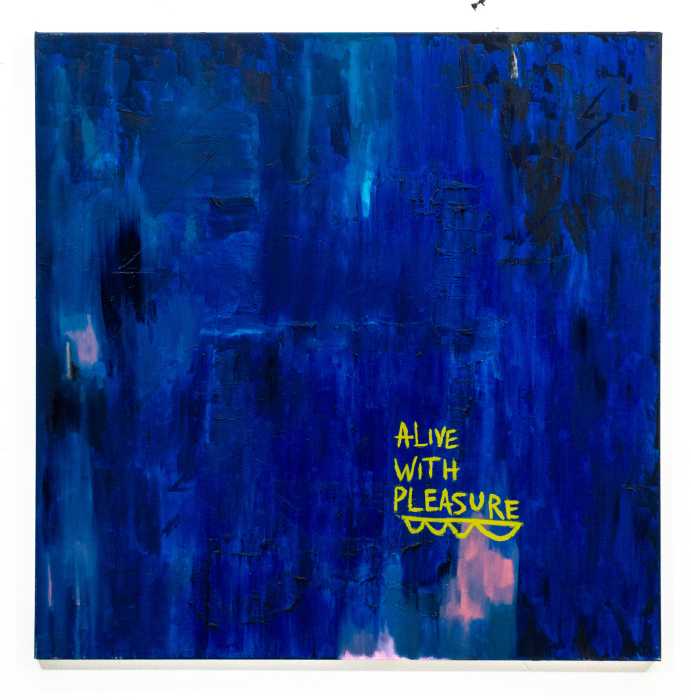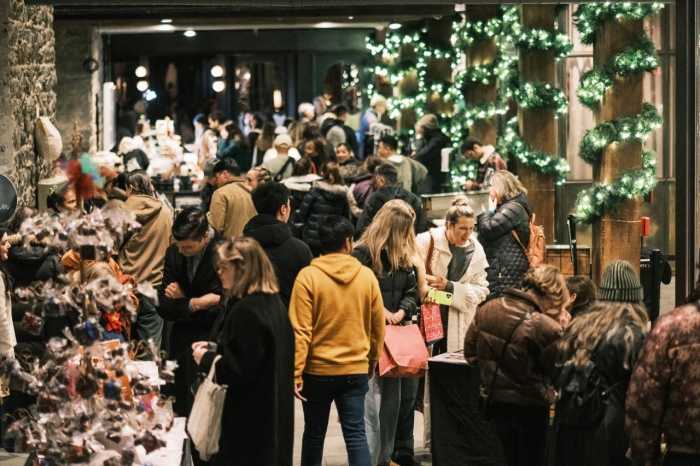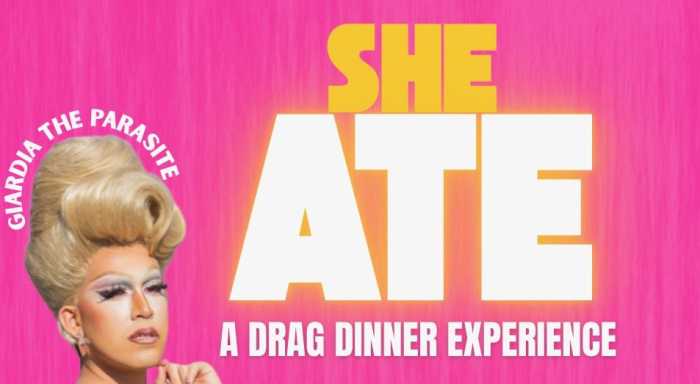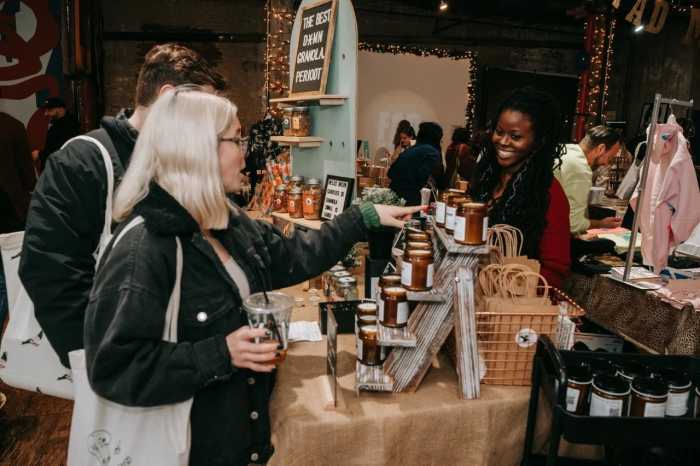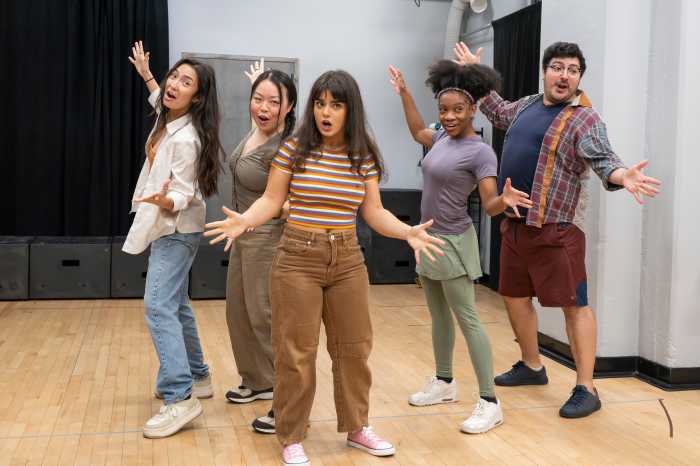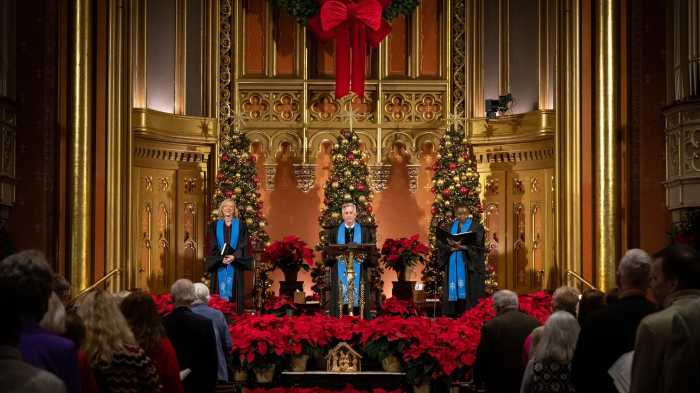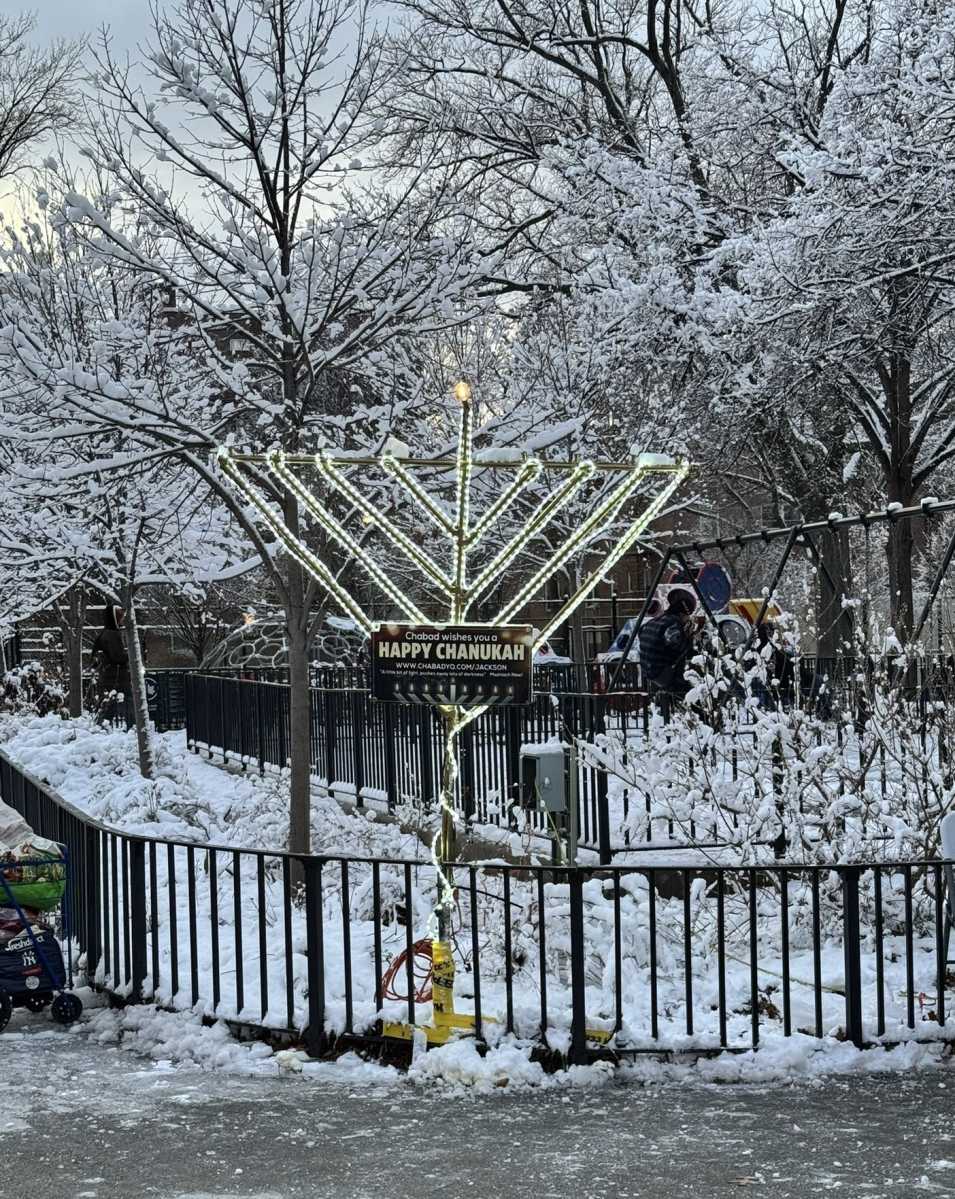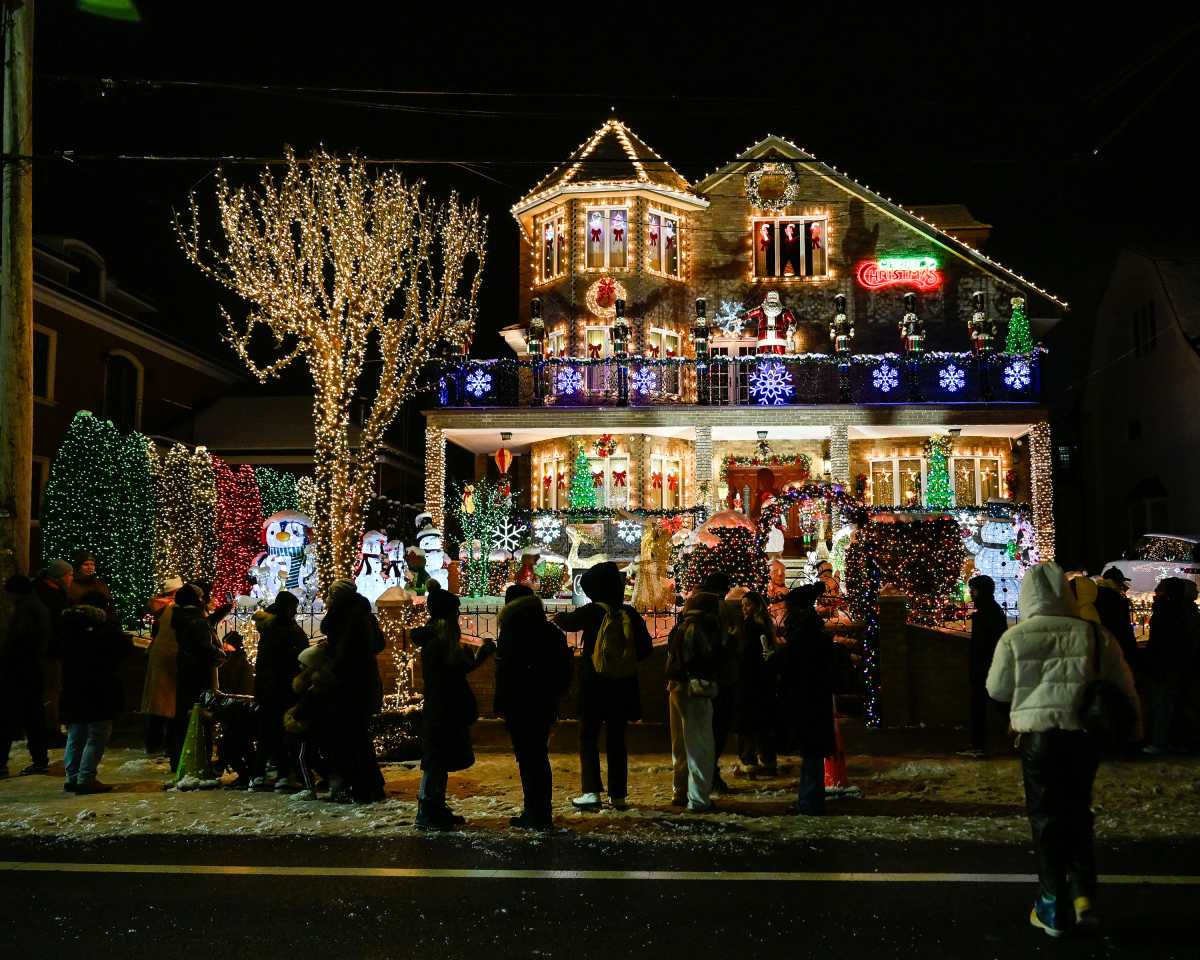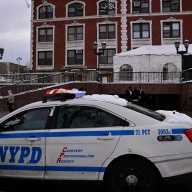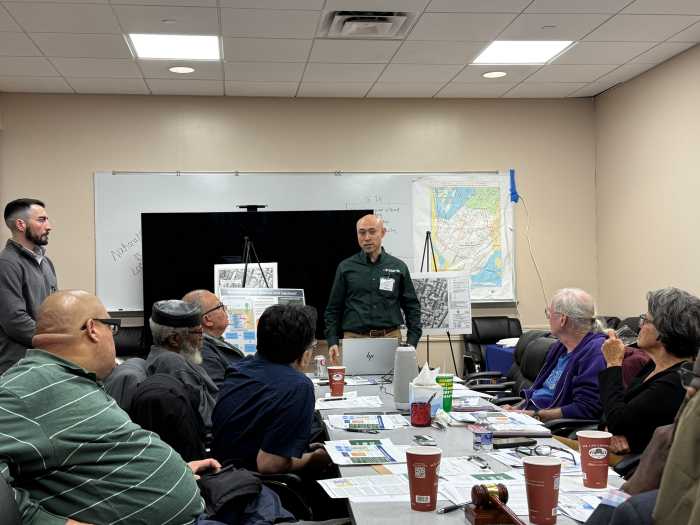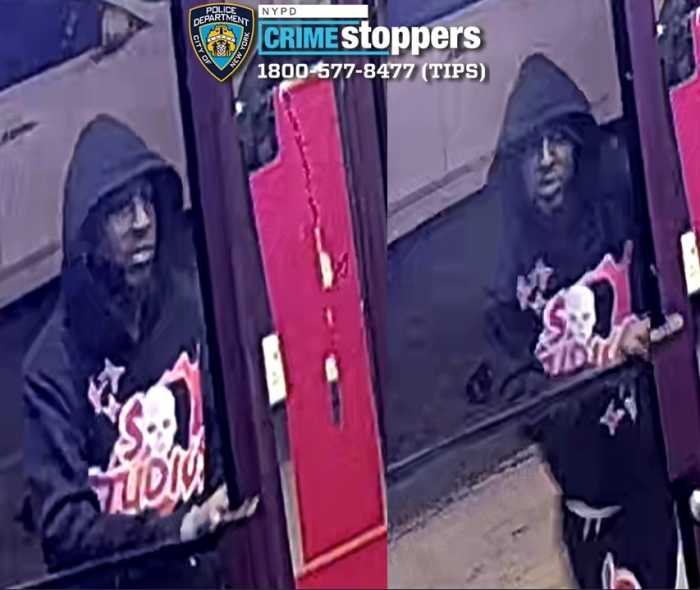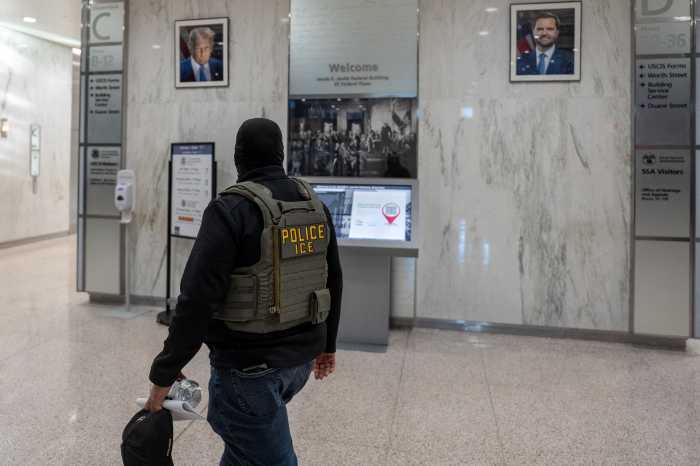By Albert Amateau
As meat wholesalers give way to restaurants, retailers and nightlife in the Gansevoort Market Historic District, the city’s flower wholesalers are joining with preservationists to determine whether flora and fauna can thrive together.
The Flower Market Association, a group of merchants whose Midtown district is being squeezed by intense residential development, has joined the Save Gansevoort Market Task Force to see if the Flower Market could relocate to the Meat Market between Gansevoort and W. 14th Sts.
“People love the idea,” said Jo Hamilton, co-chairperson of Save Gansevoort Market with Florent Morellet, a restaurateur in the Meat Market. “It could be a perfect fit,” Hamilton said.
“We’ve looked at a lot of places in the city but everyone wants to be in Manhattan and this could be a great opportunity,” said Gary Page, president of the Flower Market Association.
To explore that possibility, Save Gansevoort and the Flower Market Association have organized The Meat Market Blooms project, engaging a team of economic, environmental and outreach consultants. The consultants team is led by Washington Sq. Partners with The Environmental Simulation Center, Ltd., AKRF, Inc. and Capalino + Co. for a two-phase study including feasibility and a development scenario if the move proves to be viable.
“We’re going to survey all the buildings in the Market, city-owned and private, to see if the move is appropriate,” said James Capalino, whose firm is handling community outreach. Completion of the study is expected in September.
The historic district extends from Gansevoort to W. 14th Sts. between Hudson St./Ninth Ave. and Washington St. However, the entire Market study area will include the blocks west of the historic district, including the city-owned complex between Washington and West Sts., which were excluded from the historic district because of uncertainty about the High Line, the derelict railroad overpass that runs west of Washington St. and ends at Gansevoort St.
About 10 Meat Market firms are currently doing business in the commercial co-op in the 150,000-sq.-ft., city-owned complex, which is partly vacant. “We don’t want to shoehorn the Flower Market into the co-op,” said Capalino, adding, “The meat guys are a mainstay of the Market and we’ll consult with them and with the public as well as the city before we determine feasibility.”
According to The Meat Market Blooms, there are about 25 meat companies left in the district where about 150 meat wholesalers had been doing business since the late 1940s in an area where various food markets date back to the 1880s. Currently about 500 mostly unionized employees work in the meat business in the district.
The Flower Market, centered on Sixth Ave. at 28th St., consists of about 30 flower wholesalers and 40 related businesses, which gross about $120 million per year and employ about 350 people. The location has been a flower market center for more than 100 years but the rezoning in the mid-1990s has resulted in high-rise, high-value residential construction, which is forcing Flower Market merchants to move.
Previous plans for moving the Flower Market, to College Point in Queens about 10 years ago and more recently to city-owned space in La Marqueta under the railroad viaduct above Park Ave. in East Harlem, have fallen through.
Over the next few months, the feasibility study will define the physical needs of the Flower Market as well as the suitability of the Meat Market District to accommodate a new but similar use. Parking and the space for truck loading and unloading will come in for special analysis. The study, to cost about $100,000 if it covers the scenario, is funded in part by a grant from the J.M. Kaplan Fund and through community fundraising. According to Morellet, the Flower Market Association contributed $40,000 to the study.
“I applaud the Save Gansevoort Task Force for its strategic approach to assessing the feasibility of a new site for the Flower Market in Gansevoort,” said City Councilmember Christine Quinn, who is credited with coming up with the idea.
The designation of the Gansevoort Historic District last fall was only the first step in preserving the area, Hamilton said. “It prevents demolition of buildings in the district, but we need new uses to preserve the unique market characteristics,” she said. “The Meat Market and the Flower Market are now smaller than they used to be and this could be the perfect time to preserve those markets with the Gansevoort District,” Hamilton said.
Washington Sq. Partners was founded in 1994 to consolidate predevelopment planning and land-use consulting services. Paul Travis, a partner, is leading The Meat Market Blooms project. Environmental Simulation Center has been a leader in planning and urban design since 1991. The company is charged with making the study alternatives clear to decision-makers and the public. AKRF. Inc., has provided environmental impact statement services and engineering on more than 2,500 projects since 1981.
Florent Morellet, left, and Jo Hamilton, co-chairpersons of Save Gansevoort Market, are working to add the Flower Market to the Meat Market.
For More: https://www.amny.com/news/caring-community-director-leaves-no-connection-to-music-flap-cited/
